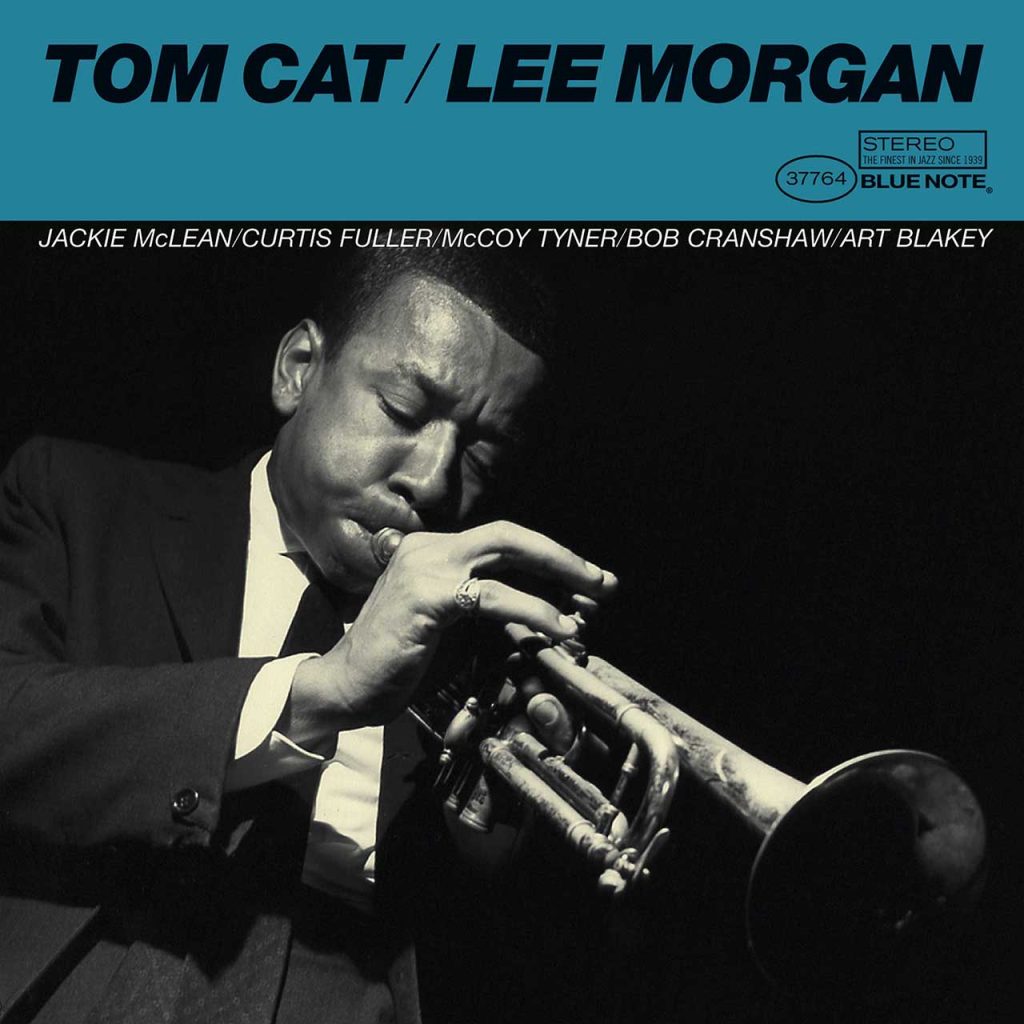In 1964, life looked good for Lee Morgan. The young hornblower’s situation hadn’t been quite as rosy two years earlier. That was when his heroin addiction spiraled out of control, resulting in his worrying disappearance from the US jazz scene. But in late 1963, the trumpeter turned his life around by enrolling in a detox program. He got clean and put his career back on track. “During that year, he was really getting himself back together,” drummer Art Blakey later recalled. “It was beautiful to watch.”
Seemingly rejuvenated and bursting with new music, Morgan rejoined Art Blakey’s Jazz Messengers, the hard bop supergroup that he had first joined as a 20-year-old in 1958, appearing on the band’s Blue Note album Indestructible, whose title seemed fitting for a musician who had triumphantly returned from the brink of self-destruction. Significantly, Morgan’s comeback saw him sign a new contract with Blue Note Records, the label that first signed him as a teenager in 1956. The deal resulted in three of the greatest albums of his career: The Sidewinder, Search For The New Land, and Tom Cat.
Listen to Lee Morgan’s Tom Cat now.
Released in July 1964, The Sidewinder, whose catchy and eminently danceable title track lit up the US pop charts, made Morgan a household name. But its phenomenal success caught both the trumpeter and Blue Note by surprise, delaying the release of the album’s intended follow-up, the more meditative Search For The New Land. Just before The Sidewinder forever changed Morgan’s life, the trumpeter went to Van Gelder Studio, New Jersey, in August 1964 with producer Alfred Lion to record what became Tom Cat.
Tom Cat was markedly different in character from The Sidewinder and Search For The New Land. Though like the latter album, it featured a sextet – a band configuration Morgan favored that brought out the best in him as a composer – Tom Cat featured tougher, more muscular grooves. The reason for that was the presence of the formidable Art Blakey on drums, who brought his powerful polyrhythmic propulsion to a session that also included several other former and then current Jazz Messengers like alto saxophonist Jackie McLean and trombonist Curtis Fuller. To complete the sextet, Morgan brought in fast-rising Chicago bassist Bob Cranshaw and childhood friend, pianist McCoy Tyner, then a member of the John Coltrane Quartet.
The album’s first track, “Tom Cat,” had an intro defined by a prowling, pussyfooted gait before changing gear and becoming a driving hard bop piece powered by Blakey’s swinging groove. On this track and the others that followed – including the hard-swinging “Riggarmortes,” the swashbuckling “Twice Around,” and Middle Eastern-tinged “Exotique” with its mournful bluesy intro – the band’s three-horn frontline imbued the album with a uniquely rich sonority. Morgan played with swagger and his customary elan on the uptempo numbers while revealing his lyrical side on the set’s only ballad, the delicate Tyner-written “Twilight Mist.”
After The Sidewinder took off so spectacularly, Blue Note shelved both The Search For The New Land and Tom Cat, persuading Morgan to record instead another commercial-oriented album, The Rumproller. Although Search For The New Land eventually surfaced in 1966, Tom Cat fell off Blue Note’s release schedule altogether until 1980, when producer Michael Cuscuna (who described it as “one of Lee’s finest sessions with a superb cast and some of the man’s best writing”) liberated it from the tape vaults. Though not as well-known as other Morgan albums from the same period, the often-overlooked Tom Cat captured the flamboyant trumpeter in dazzling form.



